A strong, attractive exterior does more than look good—it shelters your home from Midwest weather and simplifies everyday maintenance. Thoughtful upgrades in siding, trim, gutters, and insulation can dramatically extend the life of your house while tightening energy performance. If you’re exploring Exterior Remodeling Montgomery IL, you’ll find that the most satisfying results come from projects that combine durability with character. From modern materials that resist moisture to design-forward textures and color palettes, every decision influences comfort, costs, and curb appeal. With the guidance of experienced pros like Greater Midwest Exteriors, homeowners can confidently navigate choices that deliver both practicality and style.
Replacing Old Siding and Trim for Stronger Protection
Aging siding and worn trim are more than cosmetic concerns; they create pathways for water, pests, and air intrusion that erode both comfort and long-term value. In a four-season climate, compromised joints, hairline cracks, and warped boards can invite moisture that leads to swelling and decay. Modern replacements—like fiber cement, engineered wood, and insulated vinyl—offer better dimensional stability and advanced finish systems that resist fading and peeling. Trim upgrades around windows, doors, and roof edges seal the envelope and direct runoff, reducing the chance of hidden leaks. For homeowners focused on Exterior Remodeling Montgomery IL, prioritizing siding and trim replacement is one of the most reliable ways to protect the structure while elevating appearance.
How replacement strengthens your envelope
Quality siding isn’t just a cladding; it’s a weather barrier when installed with proper underlayment, flashings, and ventilation details. Crew technique matters: taped seams on house wrap, kick-out flashing at roof-wall intersections, and correctly gapped boards help water shed quickly. Upgrading soffits and fascia ensures roof ventilation remains balanced, which prevents heat buildup and winter ice dams that can damage the eaves. Purpose-built accessories—drip edges, backer rod and sealant, and bug screens—tie the assembly together and keep maintenance predictable. When the building envelope is unified, energy performance improves because drafts are reduced and insulation stays dry and effective.
Homeowners often notice that trim profiles and reveals dramatically affect curb appeal, but they also serve a protective role by covering vulnerable transitions. Wider window and door casings, for instance, allow for better flashing coverage, while cellular PVC or aluminum-clad trim resists rot where water tends to linger. Choosing matching soffit vents and hidden fasteners creates a crisp finish that’s easier to keep clean. Selecting a system—siding, trim, and accessories designed to work together—reduces future headaches and ensures warranties remain intact. The result is a home exterior that looks cohesive and shields your investment from daily wear.
Functional Upgrades That Improve Insulation and Efficiency
Energy efficiency starts at the exterior, where air sealing, insulation, and ventilation intersect to manage temperature and moisture. Replacing siding offers a perfect moment to add rigid foam or mineral wool sheathing that boosts R-value and reduces thermal bridging across studs. The right house wrap and tapes create a dependable air barrier, while sealed penetrations prevent drafts that undermine comfort. When paired with insulated doors and modern windows, these upgrades can smooth out temperature swings and help HVAC systems run more consistently. For homeowners prioritizing Exterior Remodeling Montgomery IL, targeting thermal performance often yields noticeable utility savings and quieter interiors.
Layered strategies for measurable results
Treat your exterior as an integrated system rather than a collection of parts, focusing on intentional layers and connections. Start with a continuous weather-resistive barrier, then add rigid insulation outside the sheathing to maintain a more uniform wall temperature. Specify windows with appropriate U-factors and low-e coatings for our climate zone, and ensure proper shimming and flashing so gaps don’t defeat the upgrade. Ventilated soffits and a balanced ridge vent protect the roof deck by lowering attic humidity and heat, which also reduces the risk of ice dams. Together, these elements deliver continuous thermal control that’s felt in everyday comfort and seen on the monthly energy statement.
Professional planning makes the difference between average and exceptional outcomes. A contractor with building science expertise can prioritize changes for the best return—perhaps starting with air sealing and attic improvements before moving to wall assemblies. Greater Midwest Exteriors often recommends pairing insulated siding with upgraded underlayment, which allows the exterior to dry when it does get wet while keeping wind and moisture at bay. This kind of sequencing improves durability and preserves finishes, so paint and caulk last longer. The key is aligning your budget with the layers that will have the biggest compound effect over time.
Low-Maintenance Materials for Long-Lasting Exteriors
Maintenance is a hidden cost of ownership, and modern materials can reduce both the frequency and intensity of exterior chores. Fiber cement siding resists rot, termites, and flame while holding paint for years longer than traditional wood. Engineered wood with factory-applied finishes provides the warmth of natural grain with enhanced moisture resistance and fade control. Cellular PVC trim and aluminum cladding eliminate the need for scraping and repainting high-traffic areas like window surrounds and fascia. For Exterior Remodeling Montgomery IL, these choices can save weekends and money, especially as weather patterns swing between humid summers and icy winters.
Making maintenance predictable
Consider how each component weathers over time and how its warranty aligns with your expectations. Baked-on finishes for aluminum trim, coil stock, and gutters offer excellent color retention, while elastomeric sealants maintain flexibility across seasonal movement. Leaf guards reduce gutter cleaning and protect fascia from overflow, which extends the life of both the roof edge and siding. Composite porch columns and rot-resistant bases avoid the swelling that plagues painted wood in splash zones. By standardizing materials that resist moisture and UV degradation, owners transform maintenance from a reactive cycle into a planned, infrequent checklist.
Longevity isn’t just about the material—it’s also about details that shed water and minimize standing moisture. For instance, kick-out flashings prevent roof runoff from soaking sidewalls, and cap flashings help window heads dry quickly after storms. Raised foundations benefit from properly flashed ledger boards on decks, while masonry transitions need weep details to vent incidental moisture. Thoughtful clearances—like keeping siding off the grade and above flashing laps—avoid wicking and surface staining. Collectively, these small, smart choices deliver a cleaner facade with far fewer touch-ups over the years.
Custom Colors and Textures That Elevate Neighborhood Appeal
Curb appeal isn’t limited to bold hues; it emerges from a coherent palette, texture balance, and proportions that fit the home’s architecture. Start by noting fixed elements—the roof color, brick or stone accents, and surrounding landscape—so new siding tones complement what’s already there. Mid-tones with subtle contrast often flatter Midwest light, while deeper body colors can highlight crisp white or warm gray trim. Mixed-texture strategies, like smooth lap with a band of shakes or board-and-batten gables, add dimension without visual clutter. For those planning Exterior Remodeling Montgomery IL, these combinations can refresh a familiar streetscape and boost perceived value.
Design frameworks that work locally
Successful schemes typically limit the palette to a primary body color, a contrasting trim, and a tasteful accent on the front door or shutters. Texture variation should support the home’s lines—vertical panels emphasize height on porches and gables, while horizontal laps ground the main mass. If the roof has pronounced patterning, choose siding with a more restrained texture so the eye isn’t overwhelmed. Matte or low-sheen finishes reduce glare and make architectural details—window casings, corner boards, corbels—appear more substantial. These choices create harmony from the sidewalk while inviting closer appreciation at the front entry.
Digital visualization can help you preview combinations before committing, especially when comparing sunlight conditions across seasons. Sampling is still essential: order color chips and place them near the roof, masonry, and landscaping to see true relationships. When you’re balancing a bold body color with natural stone, pick up a secondary tone in the stone for the trim so the ensemble ties together. Guidance from a seasoned remodeler can streamline this process; Greater Midwest Exteriors often coordinates textures and tones to echo neighborhood character while giving each home a distinct signature. The result is a design-forward exterior that stands the test of time without feeling overly trendy.
Balancing Practicality and Design in Montgomery Remodels
The best exterior transformations are grounded in durability decisions that make design choices shine. Begin by determining where the home is most vulnerable—leaky windows, failing gutters, or decayed trim—and address those issues before layering on aesthetics. Design has more room to flourish when the building envelope is dry, stable, and energy efficient. Once protection and performance are handled, you can refine textures, profiles, and color to highlight architectural strengths. In the context of Exterior Remodeling Montgomery IL, this balanced approach stretches budgets and sustains value across seasons.
A planning roadmap that keeps projects on track
A simple framework helps align scope, cost, and timeline:
- Audit first: identify moisture risks, energy leaks, and code priorities.
- Sequence smartly: air sealing and insulation upgrades pair well with siding replacement.
- Specify systems: choose materials and accessories that are engineered to work together.
- Document details: confirm flashing, clearances, and fastener schedules in writing.
- Reserve design time: finalize palettes and textures after structural choices are set.
Balance doesn’t mean compromise; it means allocating resources where they’re most impactful. For many homes, that’s a 60/40 split in favor of performance—weatherproofing, insulation, and ventilation—followed by visible upgrades that complete the look. When you adopt that ratio, paint and finishes last longer because the substrate stays dry and stable, and HVAC systems run fewer hours for the same comfort. Partnering with a seasoned contractor like Greater Midwest Exteriors ensures the sequence supports both technical integrity and the final aesthetic. Ultimately, a resilient exterior sets the stage for the kind of design that feels intentional, welcoming, and built for everyday life in the Midwest.

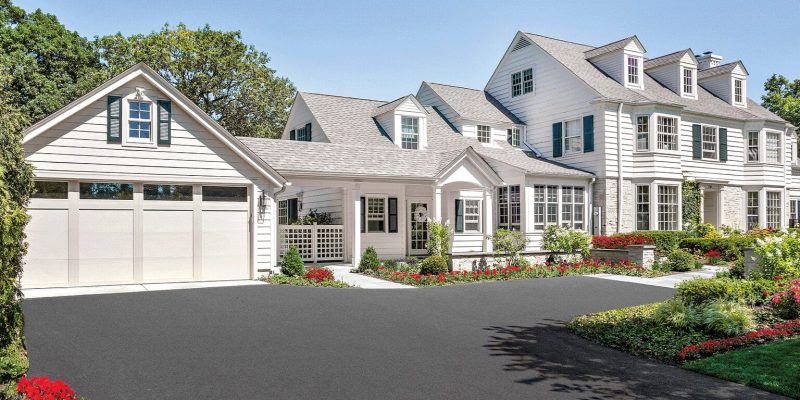



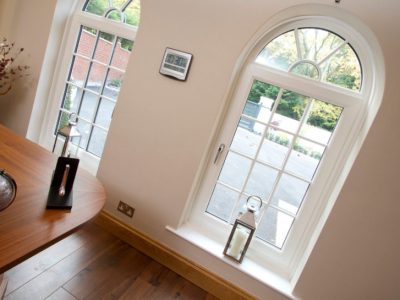
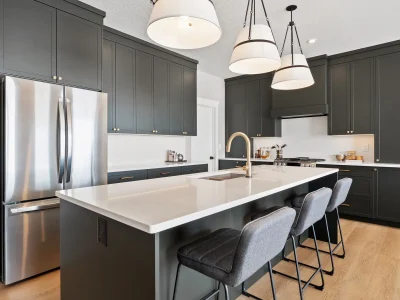
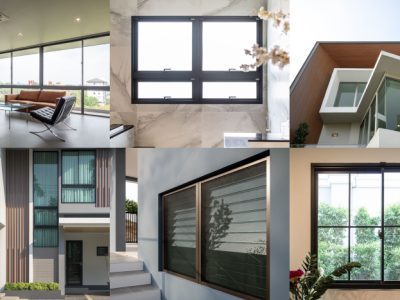



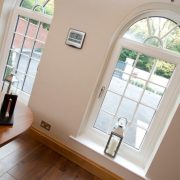

Comments